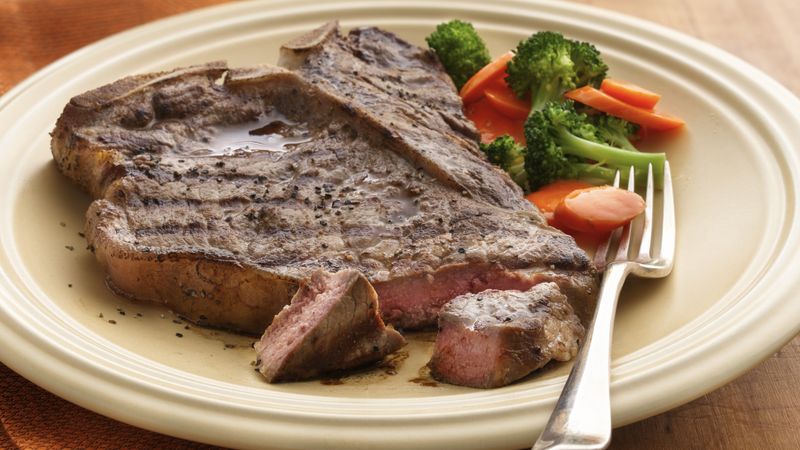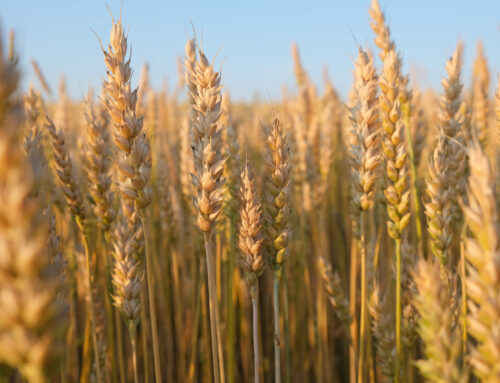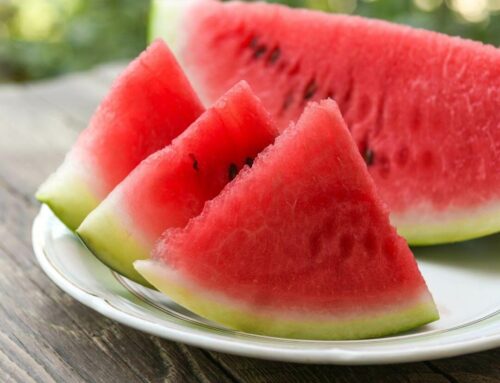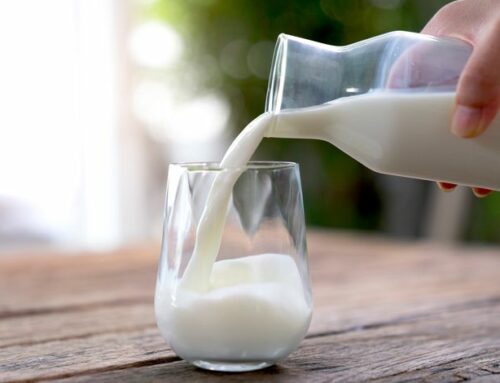Health Benefits of Iron
What are the health benefits of iron?
Iron is an essential mineral that plays a vital role in various bodily functions. Some of the key health benefits of iron include:
- Oxygen transport: Iron is a critical component of hemoglobin, a protein in red blood cells that carries oxygen from the lungs to the rest of the body. Without enough iron, your body can’t produce enough healthy oxygen-carrying red blood cells, leading to iron deficiency anemia.
- Energy production: Iron is also necessary for the production of adenosine triphosphate (ATP), the primary energy currency of the body. Iron is a key component of enzymes involved in ATP production, so it’s essential for overall energy levels and metabolism.
- Muscle function: Iron is needed for proper muscle function. It helps muscles store and use oxygen, which is crucial during exercise and physical activity.
- Brain function: Iron is important for cognitive function and brain development, especially in infants and children. Iron deficiency can lead to cognitive impairments and developmental delays.
- Immune function: Iron plays a role in the immune system, helping to support the body’s defense against infections and other illnesses.
- Regulation of body temperature: Iron is involved in the regulation of body temperature, helping to maintain normal body temperature in various environmental conditions.
- Healthy pregnancy: Iron is essential during pregnancy to support the increased blood volume and oxygen needs of both the mother and the developing fetus.
- Treatment of iron deficiency anemia: Iron supplementation is often used to treat iron deficiency anemia and restore normal iron levels in the body.
It’s important to get enough iron from your diet to support these important functions. Good dietary sources of iron include red meat, poultry, fish, lentils, beans, tofu, spinach, and iron-fortified cereals and breads.
What are the health risks of iron?
While iron is essential for many bodily functions, excessive iron levels can be harmful. Some of the health risks associated with too much iron include:
- Iron overload: Excessive iron accumulation in the body, known as iron overload or hemochromatosis, can damage organs such as the liver, heart, and pancreas. Iron overload can be genetic (hereditary hemochromatosis) or acquired through excessive iron supplementation or frequent blood transfusions.
- Organ damage: Iron overload can lead to organ damage, particularly in the liver, heart, and pancreas. This can increase the risk of conditions such as cirrhosis, heart disease, and diabetes.
- Joint pain: Iron overload can cause joint pain and damage, leading to conditions such as arthritis.
- Fatigue: Excessive iron levels can contribute to fatigue and general feelings of weakness.
- Abdominal pain: Iron overload can cause abdominal pain, nausea, and vomiting.
- Bronze or gray skin: In cases of severe iron overload, the skin may take on a bronze or gray color.
- Increased risk of infections: Iron overload can suppress the immune system, increasing the risk of infections.
It’s important to get the right amount of iron for your body’s needs. Most people can get enough iron from a balanced diet without the need for supplements. If you’re concerned about your iron levels, talk to your healthcare provider. They can perform tests to determine your iron status and provide guidance on iron supplementation if needed.
What foods are rich in iron?
Iron is found in both animal and plant foods, but it’s generally more easily absorbed from animal sources. Here are some foods that are rich in iron:
- Red meat: Beef, lamb, and pork are excellent sources of heme iron, which is more easily absorbed by the body than non-heme iron from plant sources.
- Poultry: Chicken and turkey are good sources of heme iron.
- Seafood: Shellfish such as oysters, clams, and mussels are high in iron. Fish, such as sardines, canned in oil, are also a good source.
- Liver: Liver is a rich source of heme iron. However, it is also high in vitamin A, so it should be consumed in moderation, especially by pregnant women.
- Beans and lentils: Legumes such as lentils, chickpeas, kidney beans, and black beans are good sources of non-heme iron.
- Tofu and tempeh: These soy products are good sources of non-heme iron, especially when they are fortified with iron.
- Spinach and other leafy greens: Spinach, kale, collard greens, and other leafy greens are good sources of non-heme iron.
- Quinoa: This grain is a good source of non-heme iron and is also high in protein.
- Fortified cereals and breads: Many breakfast cereals and breads are fortified with iron, making them a convenient way to increase iron intake.
- Nuts and seeds: Nuts such as almonds, cashews, and pistachios, and seeds such as pumpkin seeds and sesame seeds, are good sources of non-heme iron.
To enhance iron absorption from plant sources, it’s helpful to consume them with vitamin C-rich foods, such as citrus fruits, tomatoes, or bell peppers. Conversely, calcium can inhibit the absorption of non-heme iron, so it’s best to avoid consuming calcium-rich foods (such as dairy products) at the same time as iron-rich foods.




